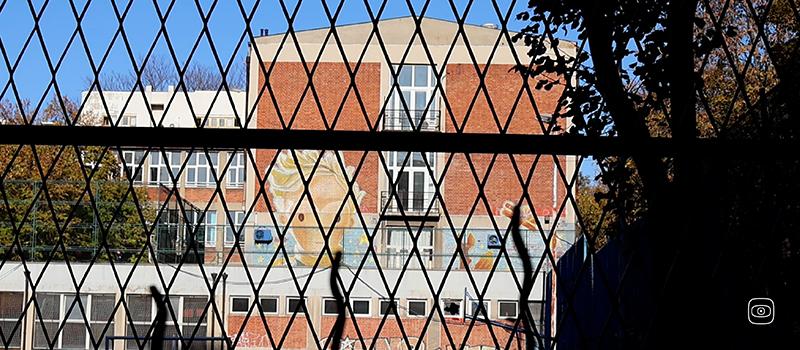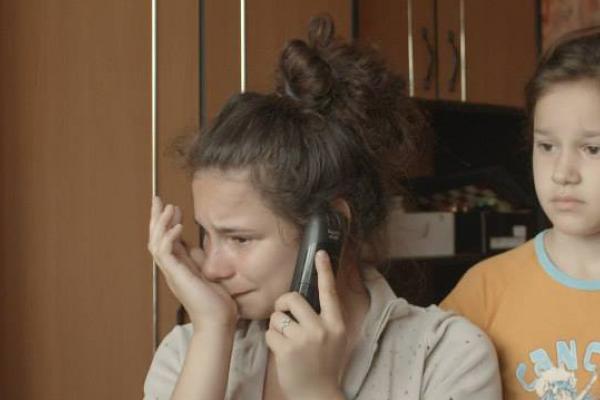For North Rhine-Westphalia, which has the highest number of suspected criminal children and minors in Germany, the reporting team looked at the city of Oberhausen, where kids were terrorising shop owners. One of their victims gave an interview describing what happened to her and how she had to participate in a training organised by the police to protect her business.
The project analyses the reasons for the criminal behaviour of kids and juveniles from Romania, Macedonia, and Serbia, highlighting the environment in which the youth go to school, the role that deficiencies in knowledge of the German language plays, and the situations in their countries of origin. Journalists interviewed young people who, at the ages of 14 or 15, had murdered individuals, set a restaurant on fire, or stole money, weapons, and drugs.
The reporting shows decreasing attendance in Macedonian schools and the closing of 45 school buildings in the last 5 years, due to lack of students, while there is an increasing number of pupils with Macedonian citizenship in Germany. OSCE's research published in September this year showed that the violence in Macedonian schools is worrying.
The high crime rates among Romanian children and young people in Germany is an issue that is rarely discussed in their home country. Nearly 5,000 Romanian children commit crimes annually. For most of these minors, their background plays a significant role. They often come from dysfunctional families or families that lack the resources to invest in their education. Many of them have not attended school regularly or have dropped out too early. In some cases, they have faced discrimination or experienced physical or verbal abuse. Romania has the highest school dropout rate in Europe, with about 20% of school-age children leaving education prematurely. The situation is far worse in rural areas, where poverty and the shortage of qualified teachers are more pronounced. While Romania has implemented education and social integration programs (including in juvenile detention centers) and allocated considerable funds to combat school violence, tangible results have yet to be achieved.
Serbia's recent political crisis has had an impact on young people, with a rise in the number of children in conflict with the law. Psychoactive substances and alcohol abuse play a significant role in juvenile crime in the country, with many minors engaging in illegal activities while under their influence. There is a rising trend of serious juvenile crimes, including violent acts such as murder, robbery, and aggravated theft. An alarming increase in these offenses occurred in 2023. Smaller local communities in Serbia are particularly vulnerable, as many residents, in search of a better life, are migrating to Western Europe. However, in some areas, it has become normalized for children to be in conflict with the law. Despite having access to free legal assistance, this is not always the case for victims, witnesses, or those involved in civil proceedings. Despite the 2007 law on juvenile offenders, by-laws for implementing alternative measures to detention and educational orders remain undeveloped, even after 17 years. Additionally, there are insufficient resources to enforce these measures across the country.
Photo: ©Aleksandar Metodijev







